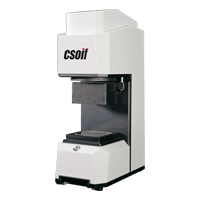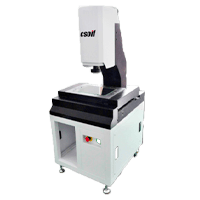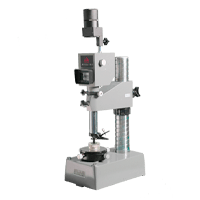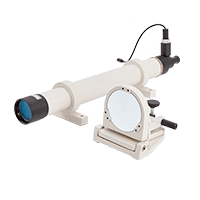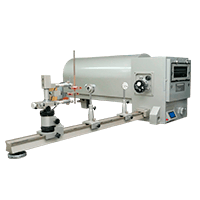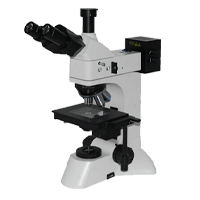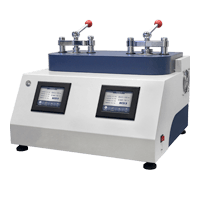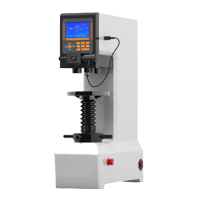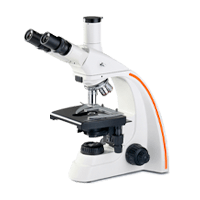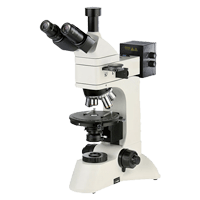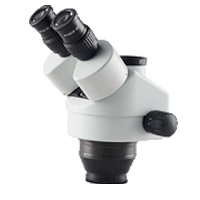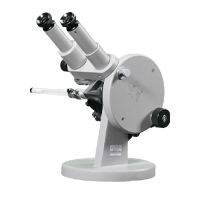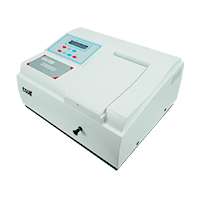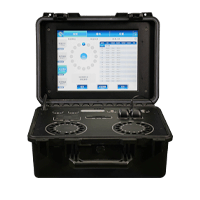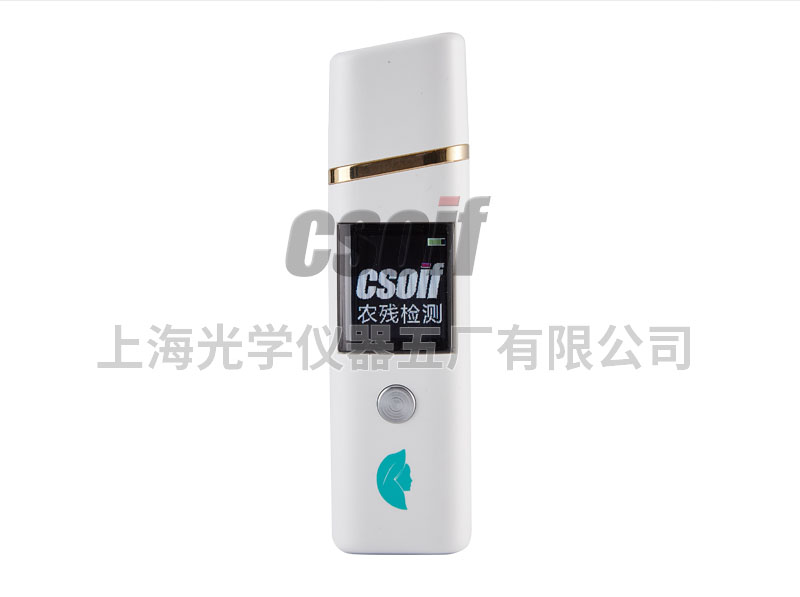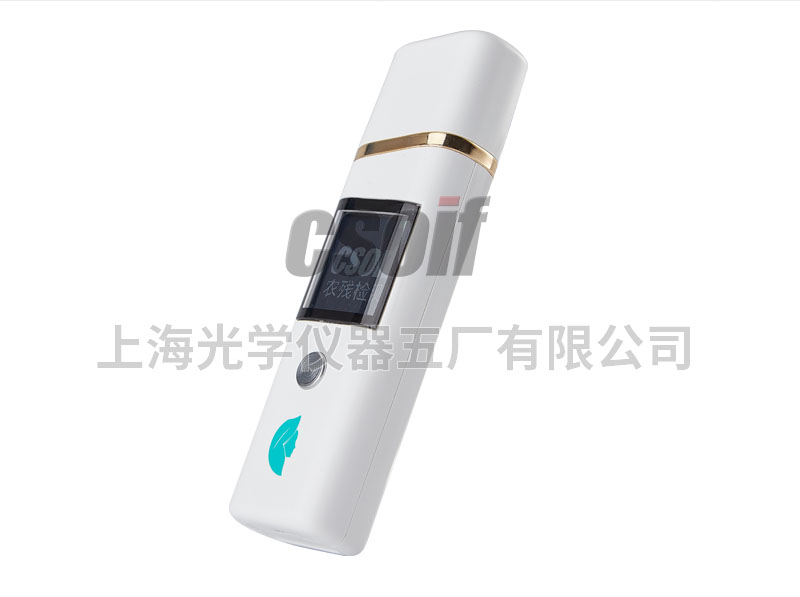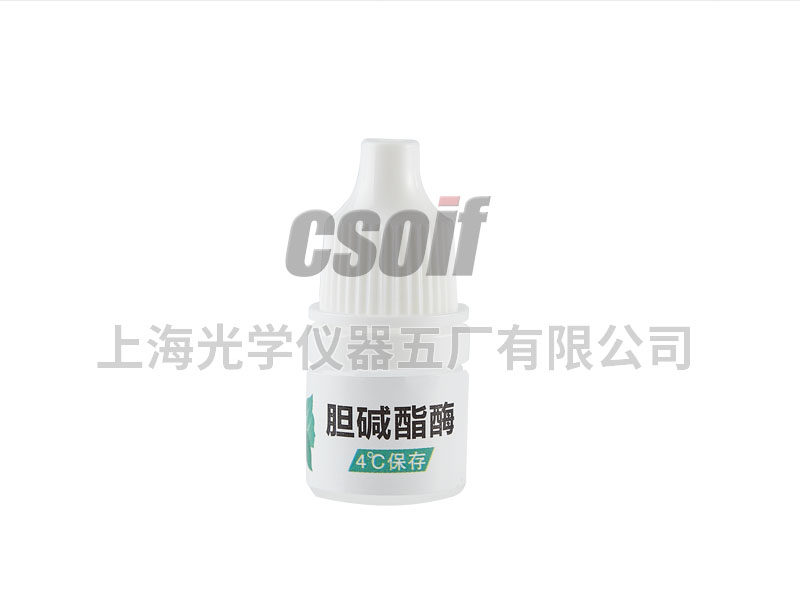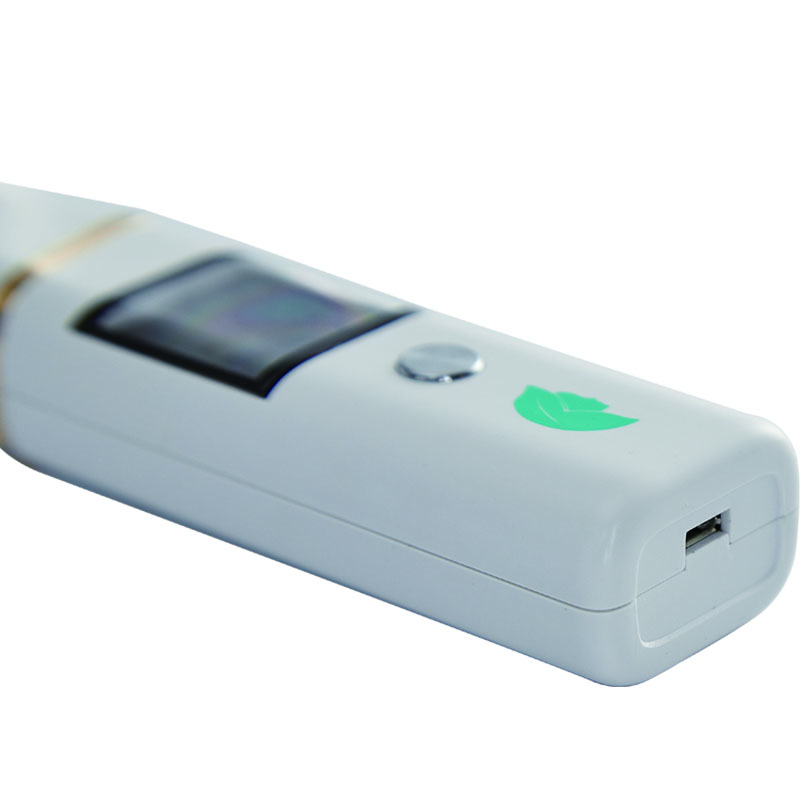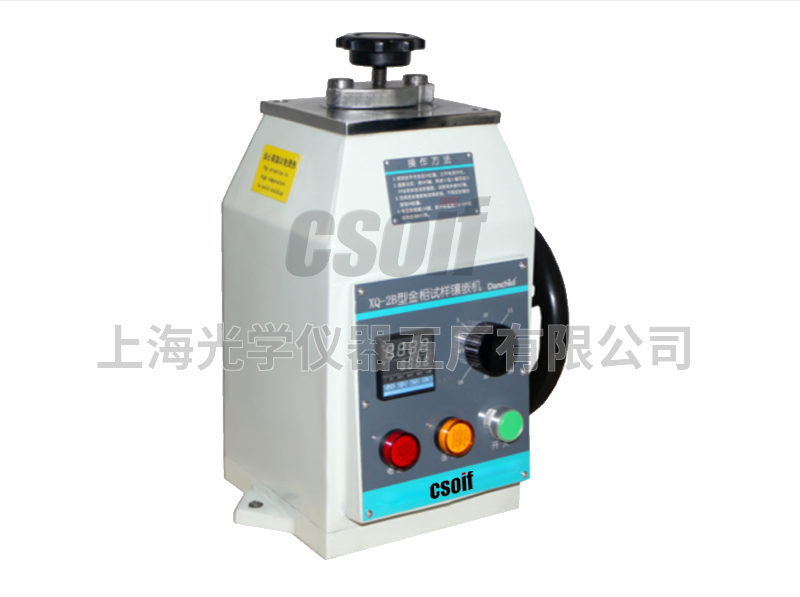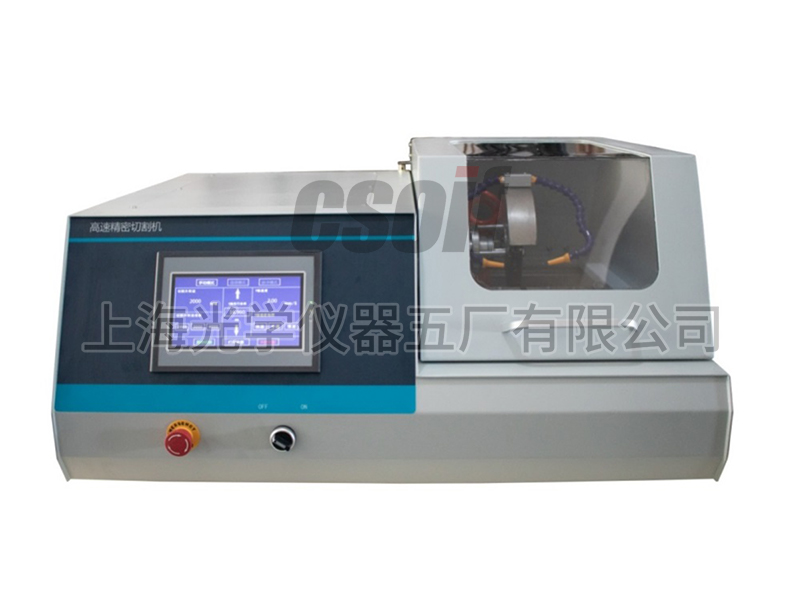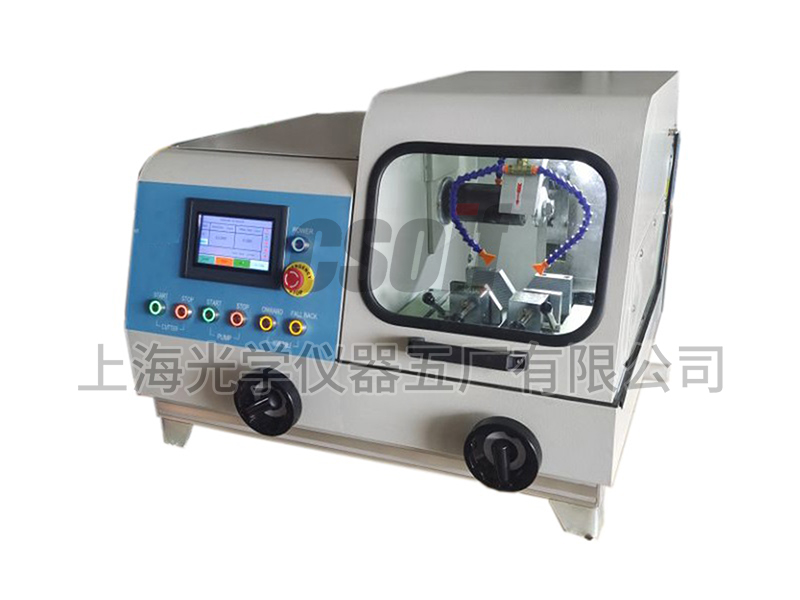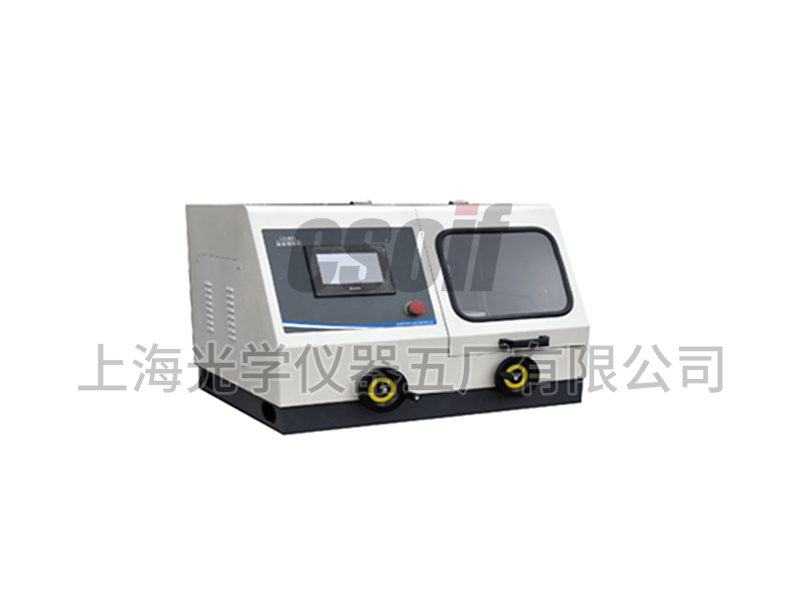Product introduction:
This product is mainly used for the rapid detection of organophosphorus and carbamate pesticide residues in fruits and vegetables. It is suitable for the rapid qualitative detection of pesticide residues in relevant fruit and vegetable production bases and farmers' wholesale markets, as well as the rapid detection of pesticide residues in canteens, restaurants and other fruits and vegetables before consumption.
Features:
Under certain conditions, organophosphorus and carbamate pesticides can inhibit the normal function of cholinesterase, and the inhibition rate is positively correlated with the concentration of pesticides. This product uses an optical system to capture the change in absorbance over time after the reaction between pesticides remaining in fruits and vegetables and cholinesterase in the chip, and calculates the inhibition rate to determine whether there are pesticide residues in fruits and vegetables.
Precautions:
1. Use the whole plant (body) as far as possible for testing fruits and vegetables, which can avoid the interference of pigments in plants, and avoid the effects of plant secondary substances in onions, garlic, radishes, leeks, coriander, water spinach, mushrooms and tomato juice on enzymes. .
2. The ambient temperature should be between 20°C and 37°C during detection. If the temperature is too low or too high, the inhibition rate may be deviated.
3. The temperature of the water used for soaking should be higher than 20°C and the pH value is 7.
4. During the detection process, it is necessary to ensure that the detector is placed vertically upwards, and cannot be shaken, tilted, placed horizontally or upside down.
5. After the detector is turned on, the standby time of no operation is 5 minutes, please pay attention to the time.
6. When using a straw to absorb the water in the vegetable basin, try to align the liquid level with the scale of the straw. Adding too much or too little water will affect the accuracy of the test results.
7. The outer surface of the chip should be kept dry during testing. If it is stained with water droplets, please dry it with a paper towel.
8. After the test is completed, please take out the chip and discard it to prevent the liquid from leaking into the detector.





